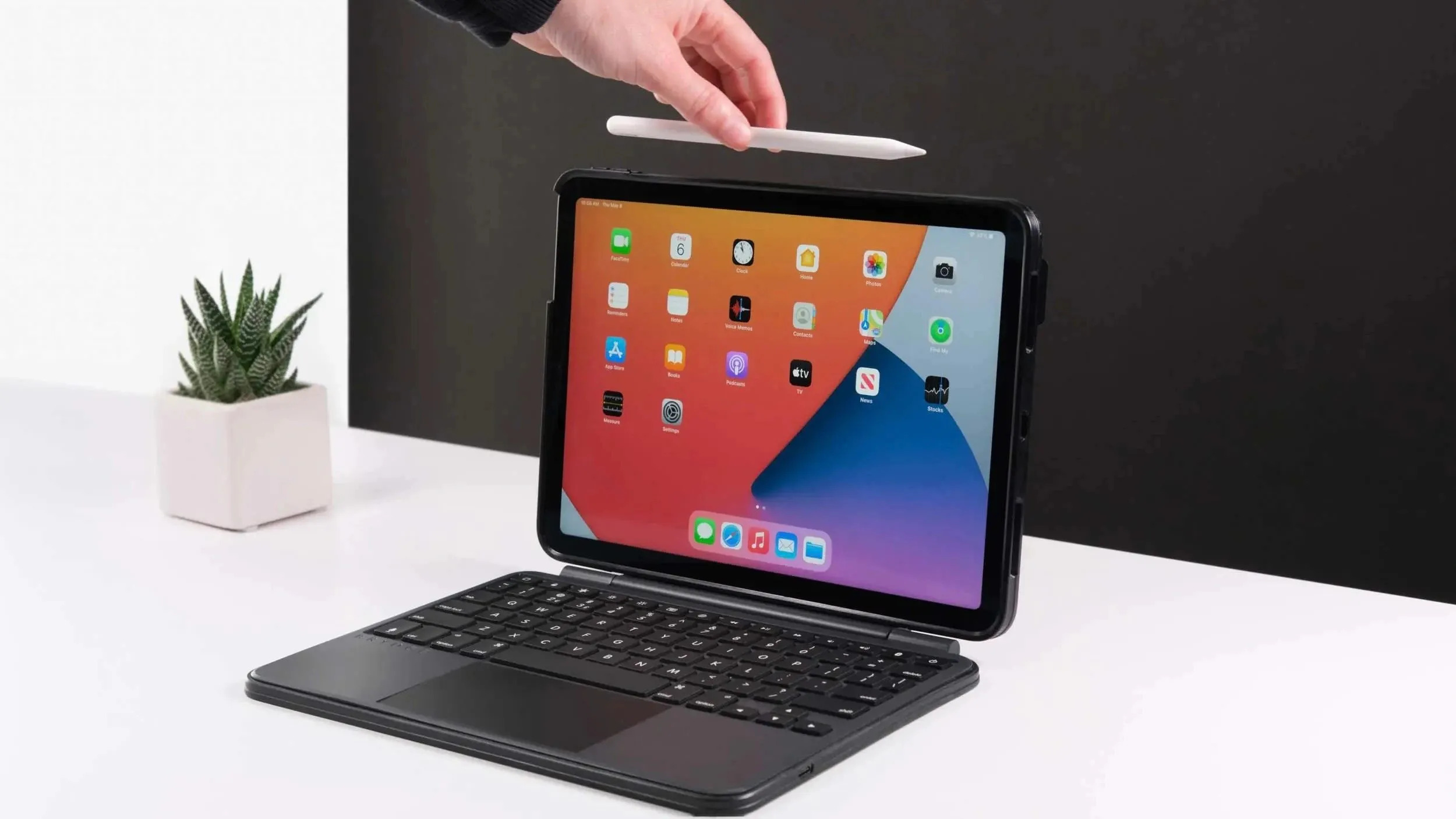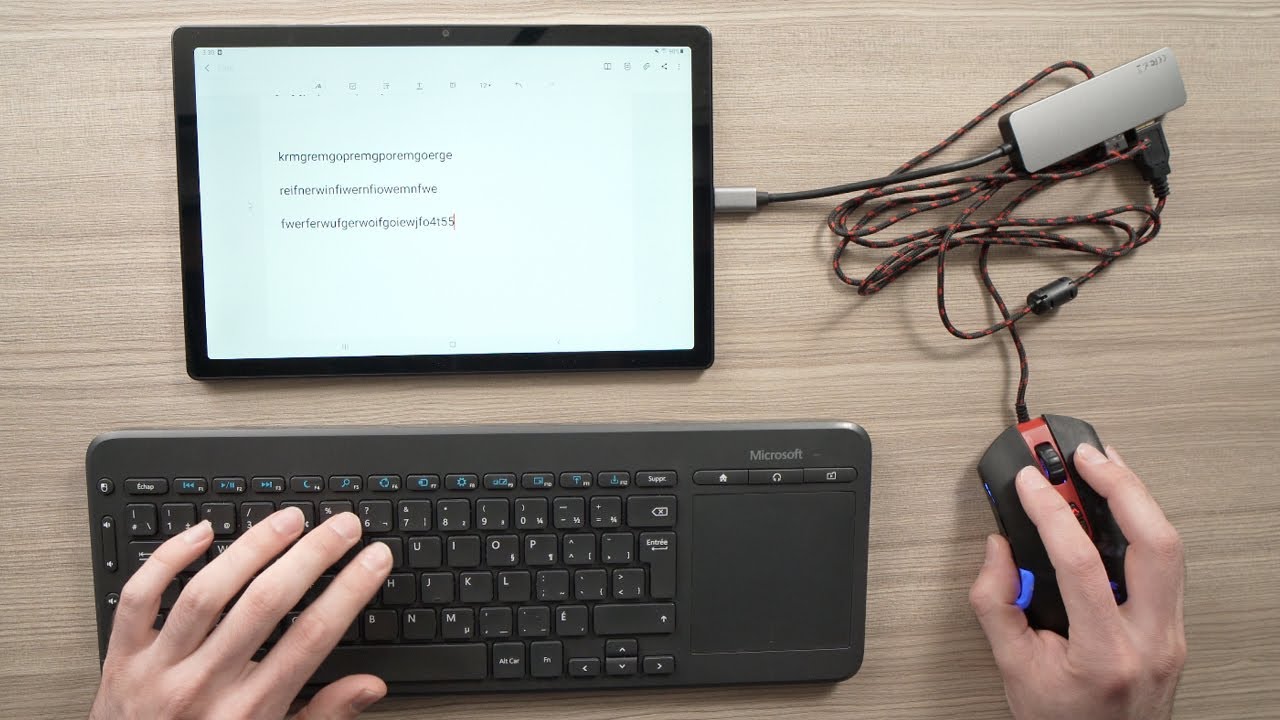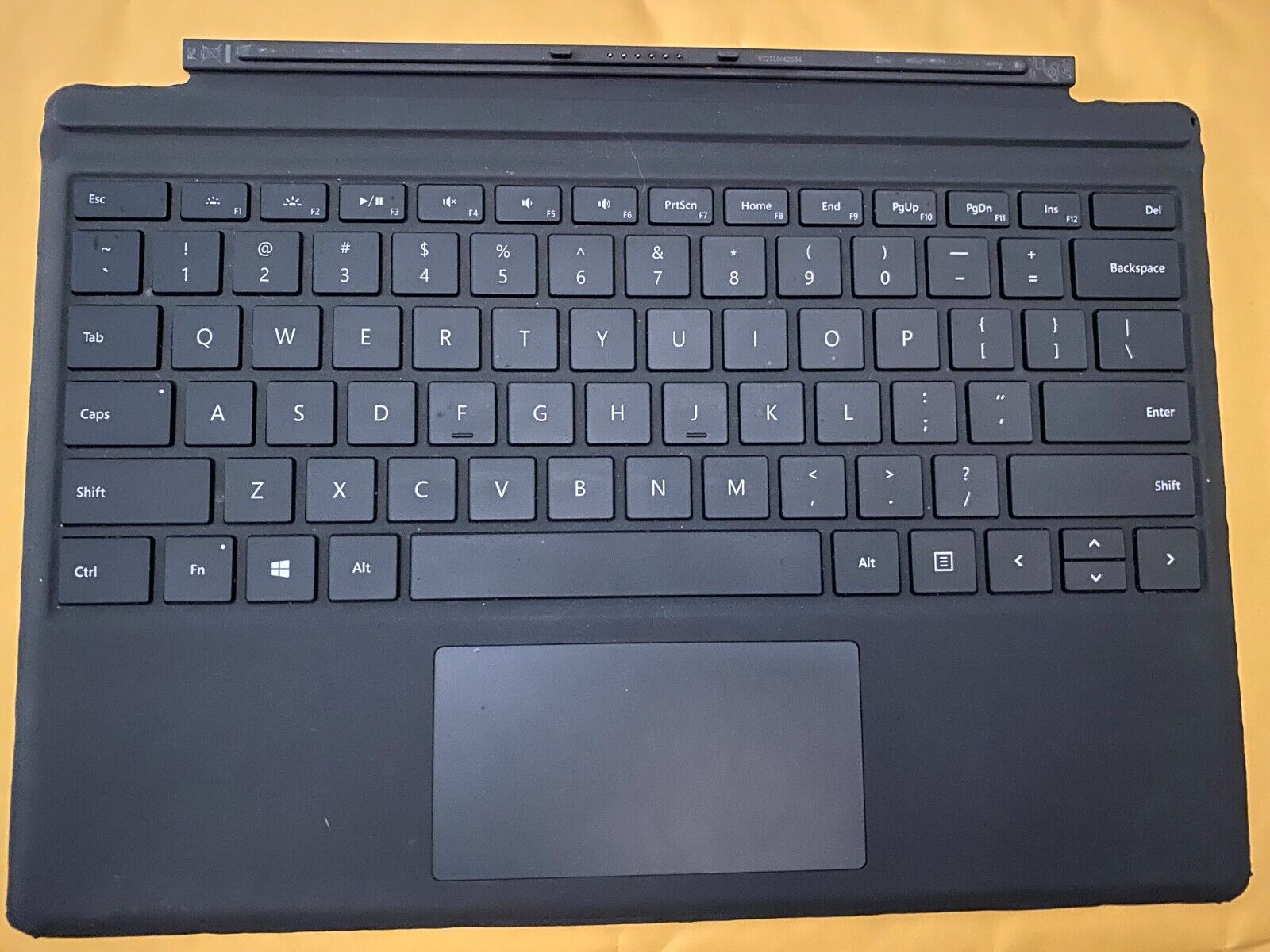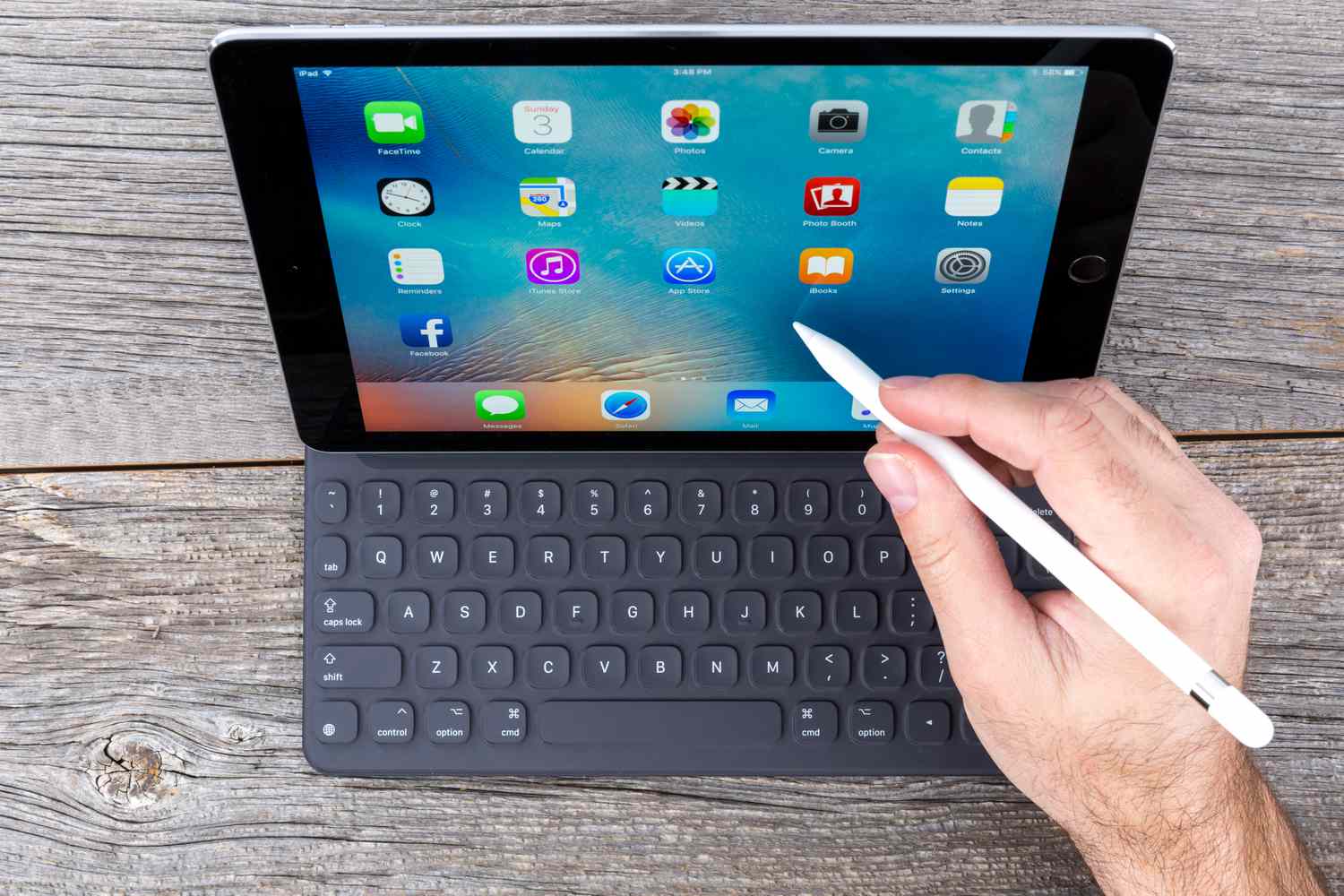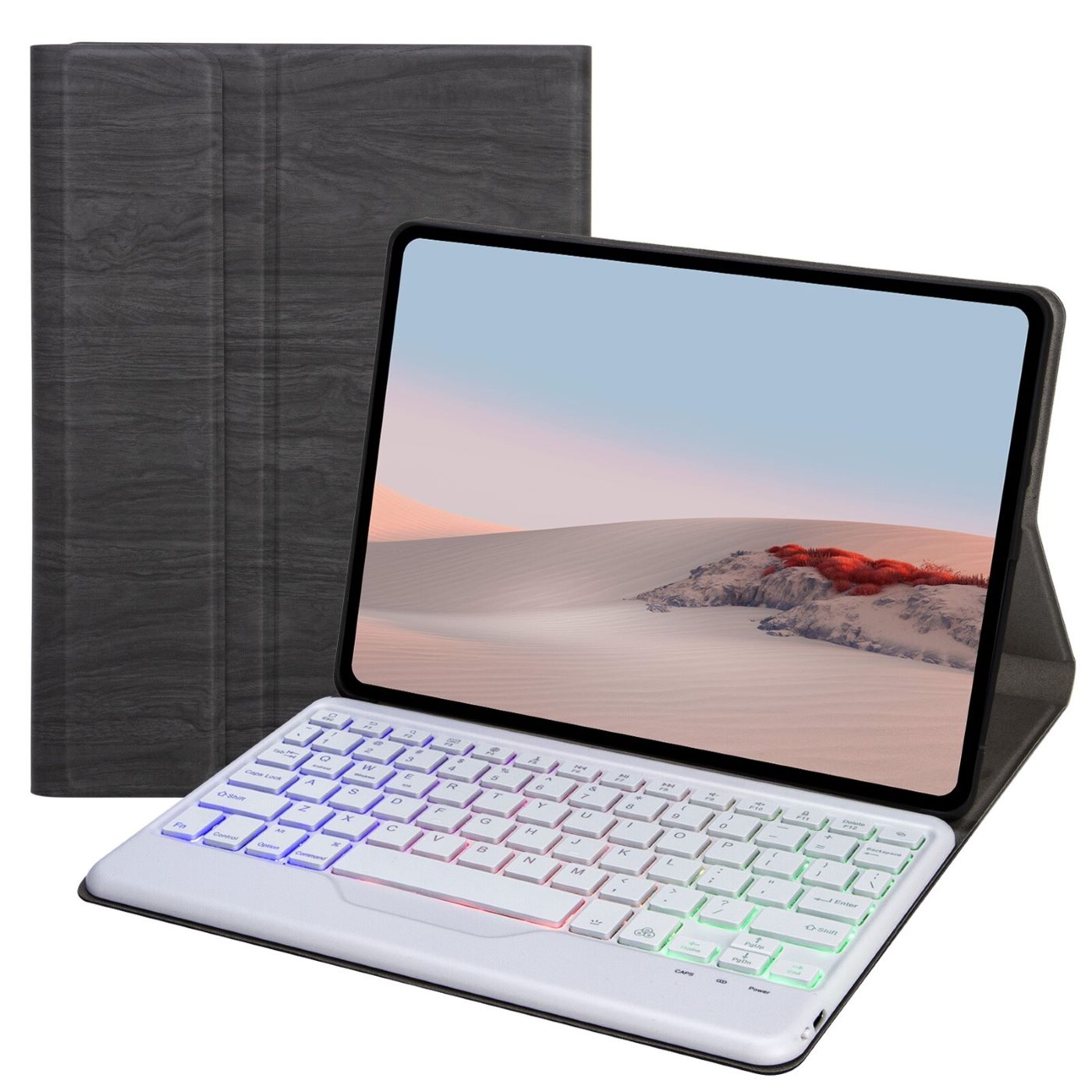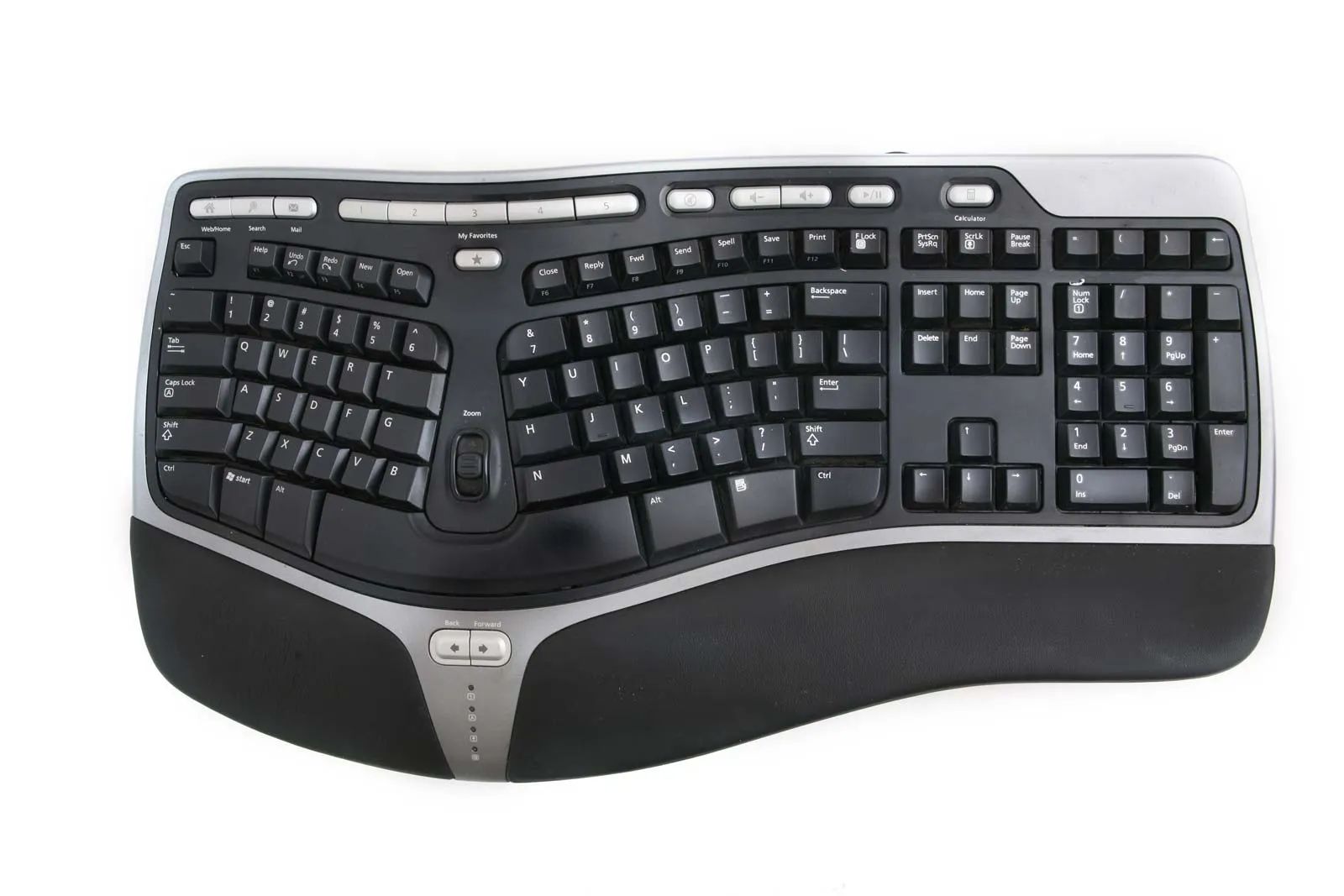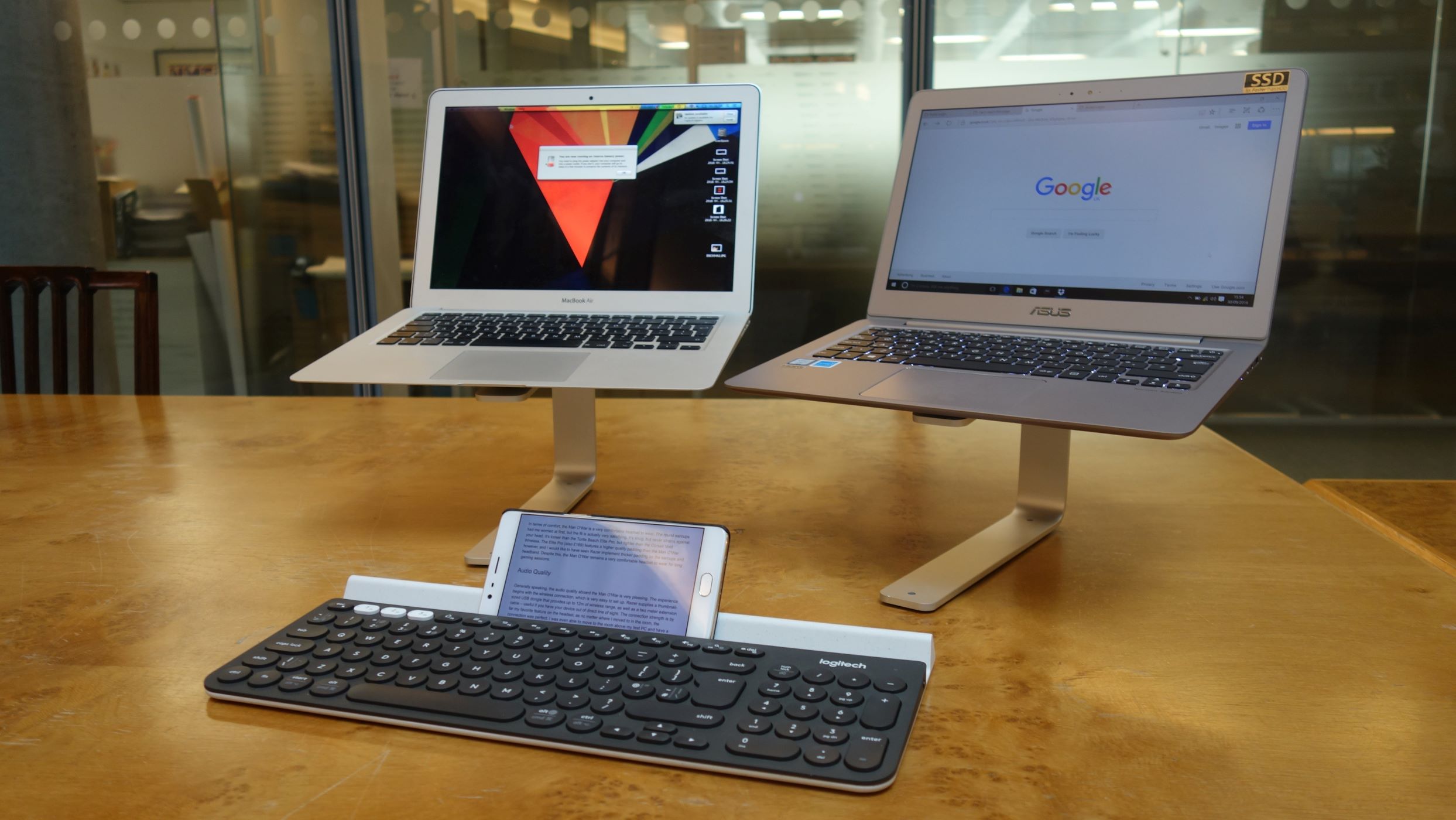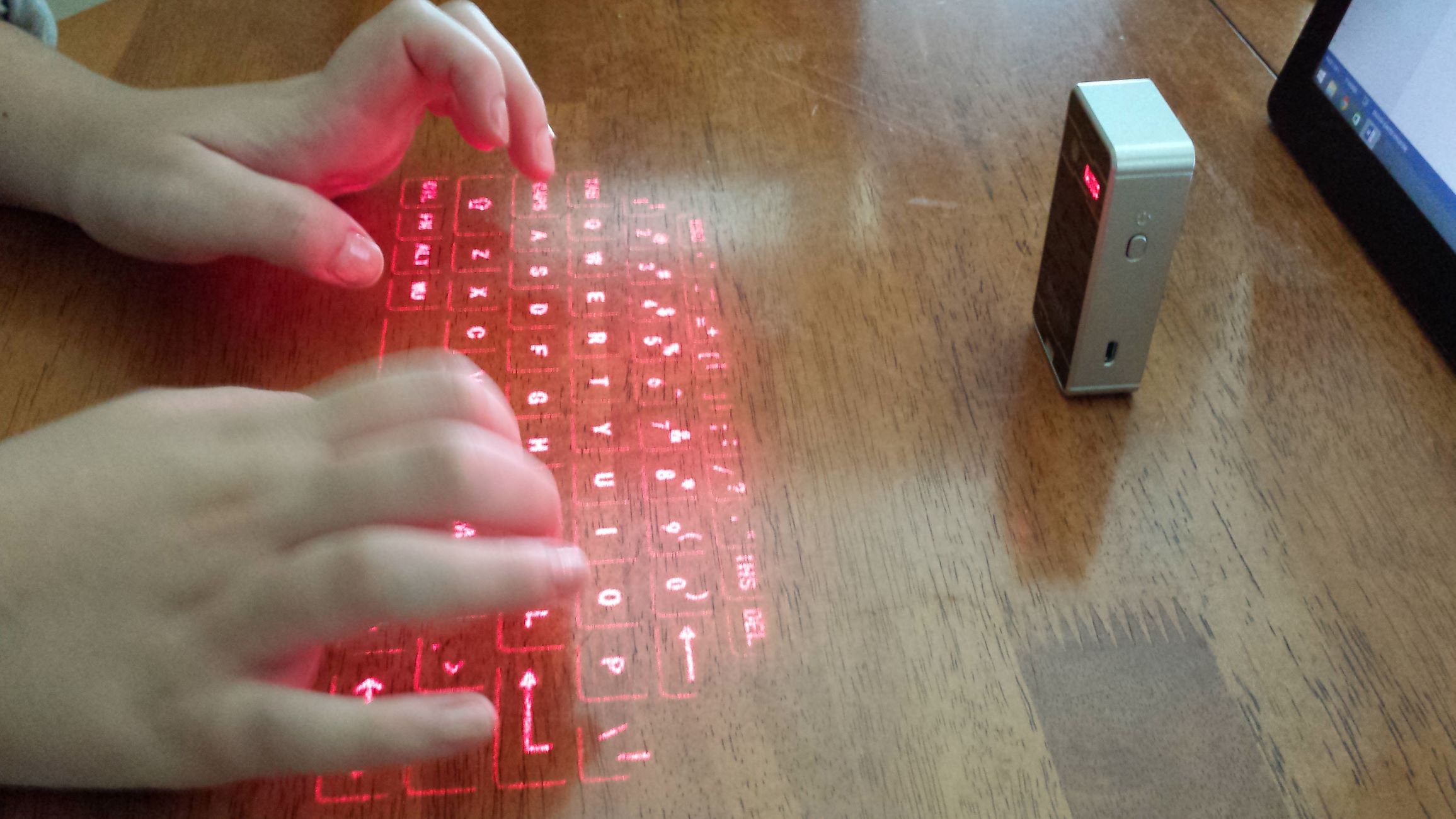Introduction
Welcome to our guide on how to connect a wireless keyboard to a tablet. With the increasing popularity of tablets as productivity tools, many users are looking for ways to enhance their typing experience. A wireless keyboard can provide the comfort and convenience of a traditional keyboard while allowing you to connect seamlessly to your tablet.
Whether you use a tablet for work, education, or entertainment purposes, connecting a wireless keyboard can greatly improve your productivity and typing efficiency. Once connected, you can type emails, write documents, and browse the web with ease.
In this guide, we will walk you through the step-by-step process of connecting a wireless keyboard to your tablet. We will cover compatibility checks, power on your wireless keyboard, enable Bluetooth on your tablet, pair the devices, and test the connection.
Before we begin, it’s important to note that the steps may vary slightly depending on the make and model of your tablet and wireless keyboard. However, the general process remains the same.
So, let’s get started and learn how to connect a wireless keyboard to your tablet!
Step 1: Check compatibility between the wireless keyboard and your tablet
Before you begin the process of connecting a wireless keyboard to your tablet, it is crucial to ensure compatibility between the two devices. Different wireless keyboards may have specific requirements or may only be compatible with certain operating systems.
Here are a few key factors to consider when checking compatibility:
- Operating System: Verify that your tablet’s operating system is supported by the wireless keyboard. Most wireless keyboards are compatible with popular operating systems such as iOS, Android, and Windows. However, it is always a good idea to double-check the manufacturer’s specifications to ensure compatibility.
- Wireless Connectivity: Determine the wireless technology used by the keyboard and check if your tablet supports it. The most common wireless technologies are Bluetooth and RF (Radio Frequency). Bluetooth connectivity is more prevalent in modern tablets, but some older models may only support RF connections. Ensure that both your keyboard and tablet have the same wireless technology to establish a successful connection.
- Physical Connection: Some wireless keyboards require a physical connection through a USB dongle or adapter. Check if your tablet has the necessary ports or adapters to connect the wireless keyboard. If not, you may need to consider alternative wireless options.
- Power Requirements: Ensure that your wireless keyboard has sufficient power and that it is compatible with the power supply standards of your tablet. Some keyboards use batteries, while others have built-in rechargeable batteries. It’s essential to have the appropriate power source and to verify battery life to avoid interruptions during use.
By checking the compatibility between your wireless keyboard and tablet, you can avoid any potential issues during the connection process. It is always recommended to consult the user manuals or visit the manufacturer’s website for detailed compatibility information and guidelines specific to your devices.
Step 2: Power on the wireless keyboard
Once you have confirmed the compatibility between your wireless keyboard and tablet, the next step is to power on the keyboard. Most wireless keyboards have a dedicated power button or switch that you need to locate and turn on.
Here’s how you can power on your wireless keyboard:
- Locate the power button or switch: Look for the power button or switch on your wireless keyboard. It is usually located either on the upper side of the keyboard or on the back near the battery compartment.
- Turn on the keyboard: Press the power button or slide the switch to the “On” position. Some keyboards may have an indicator light that turns on when the power is activated, while others may have an illuminated power button.
- Check battery levels: If your wireless keyboard is battery-powered, it’s a good idea to ensure that the batteries have sufficient charge. Replace the batteries if necessary or charge the keyboard according to the manufacturer’s instructions.
After powering on the wireless keyboard, it is ready to establish a connection with your tablet. Keep the keyboard in close proximity to the tablet during the connection process to ensure a reliable and stable connection.
Remember, if you encounter any difficulties while powering on the wireless keyboard, refer to the user manual or the manufacturer’s website for detailed instructions specific to your device model.
Step 3: Enable Bluetooth on your tablet
Before you can connect your wireless keyboard to your tablet, you need to make sure that Bluetooth is enabled on your tablet. Bluetooth is the wireless technology that allows devices to communicate and establish a connection without the need for cables or physical connectors.
Follow these steps to enable Bluetooth on your tablet:
- Access the Settings menu: On your tablet, navigate to the Settings menu. This can usually be found by swiping down from the top of the screen or by tapping the Settings icon in the app drawer.
- Locate the Bluetooth settings: In the Settings menu, look for the Bluetooth option. It may be listed under the Wireless & Networks section or in the Connections menu, depending on your tablet’s operating system.
- Toggle the Bluetooth switch: Once you have found the Bluetooth settings, toggle the switch to turn Bluetooth on. The switch may be labeled as On/Off or may have a Bluetooth icon. When enabled, the switch should turn blue or indicate that Bluetooth is active.
After turning on Bluetooth, your tablet will start scanning for nearby devices, including your wireless keyboard. The scanning process may take a few moments, so wait for your keyboard to appear in the list of available devices.
Note: If your tablet has a dedicated physical Bluetooth button or switch, follow the manufacturer’s instructions to enable Bluetooth.
Enabling Bluetooth on your tablet is a crucial step in the connection process. Once Bluetooth is activated, you are ready to pair your wireless keyboard with your tablet and establish a wireless connection.
Step 4: Pair the wireless keyboard with your tablet
Now that you have enabled Bluetooth on your tablet, it’s time to pair your wireless keyboard with your tablet. Pairing allows the two devices to establish a secure and encrypted connection, ensuring smooth and uninterrupted communication.
Follow these steps to pair your wireless keyboard with your tablet:
- Open Bluetooth settings: On your tablet, navigate back to the Bluetooth settings. You can usually access this by going to the Settings menu and selecting Bluetooth.
- Put your keyboard in pairing mode: Refer to the user manual or follow the specific instructions for your wireless keyboard to activate pairing mode. This typically involves pressing a specific key combination or holding down a pairing button until a light starts flashing on the keyboard.
- Scan for available devices: On your tablet, tap on the “Scan” or “Search for Devices” button. Your tablet will search for nearby devices, including your wireless keyboard.
- Select your wireless keyboard: When your wireless keyboard appears in the list of available devices, tap on it to select it. The name of your keyboard should be visible in the list.
- Confirm the pairing: Once you select your wireless keyboard, your tablet may display a pairing confirmation dialog. Verify that the displayed passkey or code matches the one shown on your keyboard. If they match, accept the pairing request on your tablet.
- Complete the pairing process: After confirming the passkey, your tablet will establish a connection with your wireless keyboard. You may see a notification or message indicating a successful pairing. At this point, your wireless keyboard is successfully connected to your tablet.
After completing the pairing process, your tablet will remember the connection between your wireless keyboard and itself. This means that the next time you power on both devices, they should automatically connect without the need for the pairing process.
If your wireless keyboard doesn’t appear in the list of available devices or the pairing process fails, ensure that the keyboard is in pairing mode and that it’s within range of your tablet. If you’re still experiencing issues, consult the user manual or contact the manufacturer for further assistance.
Congratulations! You have successfully paired your wireless keyboard with your tablet, and they are now ready for use.
Step 5: Test the connection and begin using your wireless keyboard
After successfully pairing your wireless keyboard with your tablet, it’s time to test the connection and ensure everything is working as expected. Testing the connection will allow you to verify that the keyboard is functioning properly and that your tablet is receiving input from the keyboard.
Follow these steps to test the connection and begin using your wireless keyboard:
- Open a text editor or any application that accepts keyboard input: Launch a text editing app, word processor, email client, or any other application that allows you to type using a keyboard. This will serve as your testing ground.
- Place the cursor in the text input area: Click or tap on the text input area of the application you opened. This will activate the text entry mode and prepare the app to receive input from the wireless keyboard.
- Start typing on the wireless keyboard: Begin typing on your wireless keyboard, and observe if the text appears on the screen of your tablet. If everything is working correctly, you should see the characters you type appearing in the text input area of the application.
- Test different keys and functions: While testing, try out various keys and functions on your keyboard, such as the modifier keys (Shift, Ctrl, Alt), function keys (F1, F2, etc.), and multimedia keys (volume control, media playback). Ensure that all the keys and functions are functioning as expected.
If you encounter any issues during testing, such as delayed or missing keystrokes, check the Bluetooth connection between your tablet and the wireless keyboard. Ensure that there are no physical or wireless obstructions between the two devices that may interfere with the connection.
If the connection appears to be unstable or you’re experiencing ongoing issues, you may need to re-establish the pairing between your keyboard and tablet. Simply navigate to the Bluetooth settings on your tablet, locate your keyboard, and select the “Forget” or “Unpair” option. Then, repeat the pairing process outlined in Step 4.
Once you have confirmed that the connection is stable and the keyboard is functioning correctly, you can start using your wireless keyboard for various tasks on your tablet. Enjoy the enhanced typing experience and increased productivity that a wireless keyboard brings to your tablet usage.
Remember to preserve the battery life of your wireless keyboard by turning it off when not in use. This will help prolong its battery life and ensure that it’s always ready for your next typing session.
Conclusion
Connecting a wireless keyboard to your tablet can greatly enhance your typing experience and productivity. By following the step-by-step guide outlined in this article, you can easily connect and pair your wireless keyboard with your tablet.
We started by ensuring compatibility between your wireless keyboard and tablet, checking the operating system, wireless connectivity, physical connection, and power requirements. Next, we powered on the wireless keyboard and enabled Bluetooth on the tablet. We then went through the process of pairing the keyboard with the tablet, ensuring a secure and encrypted connection. Finally, we tested the connection and confirmed that the wireless keyboard was functioning correctly.
Now that your wireless keyboard is successfully connected and paired with your tablet, you can enjoy a more comfortable typing experience for tasks such as emailing, document editing, and web browsing. Remember to keep the keyboard within range of the tablet and conserve its battery life by turning it off when not in use.
If you encounter any issues during the connection process or while using the wireless keyboard, refer to the user manuals or contact the manufacturer for further assistance. Each wireless keyboard and tablet combination may have unique features and requirements, so it’s essential to consult the specific instructions for your devices.
We hope that this guide has been helpful in enabling you to connect your wireless keyboard to your tablet. Embrace the convenience and efficiency of typing on a physical keyboard while enjoying the mobility and versatility of your tablet!







